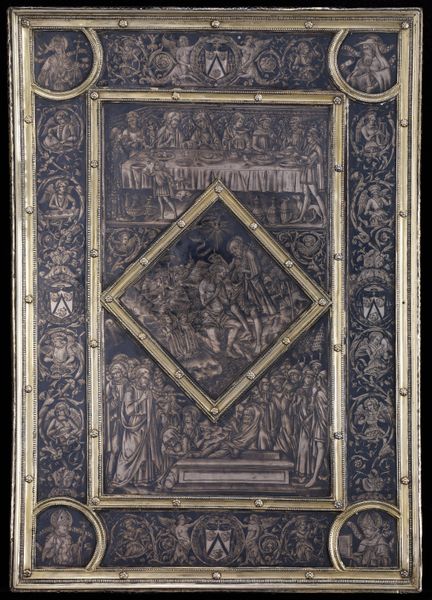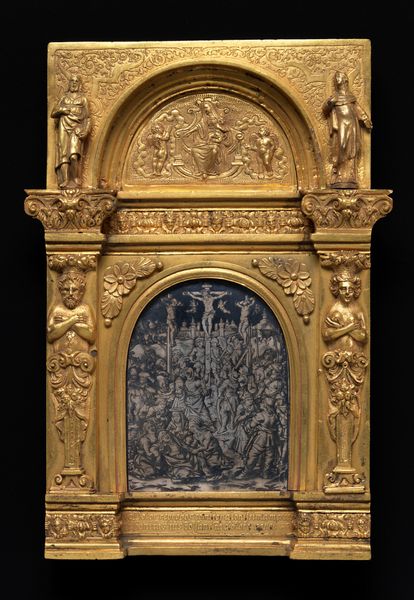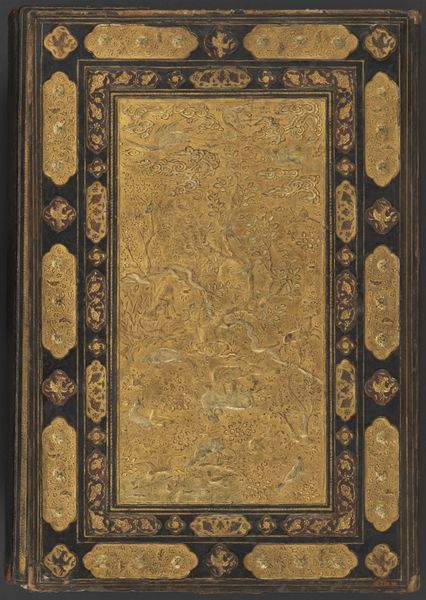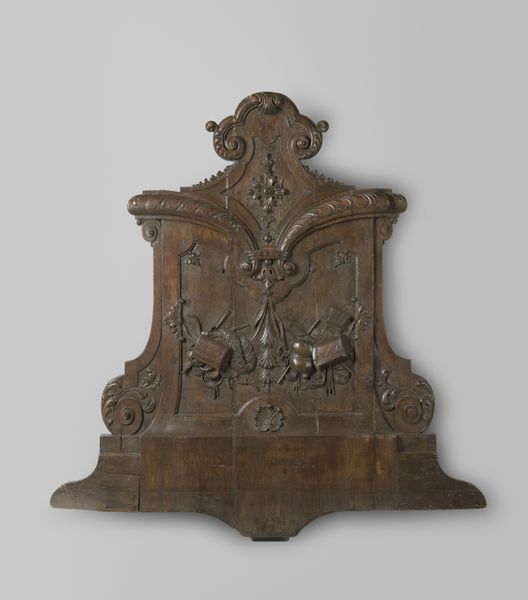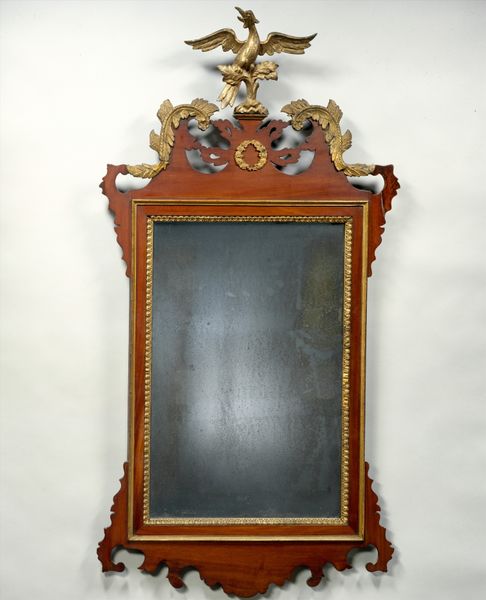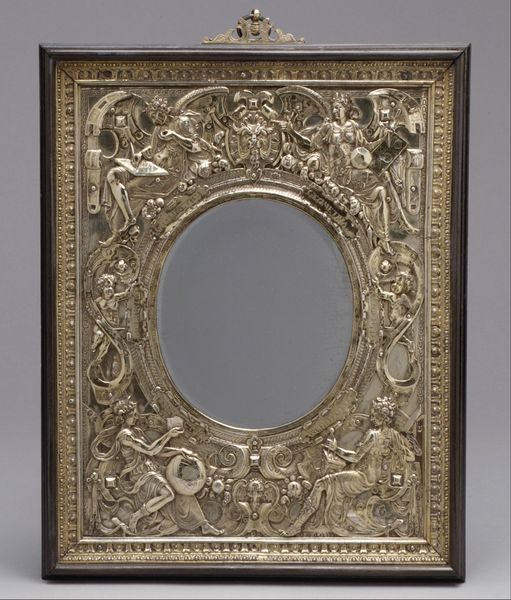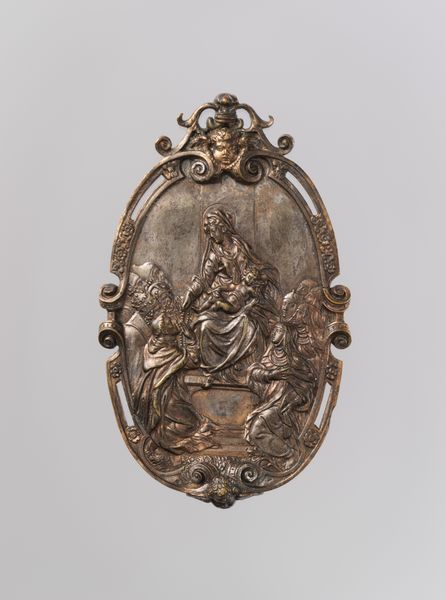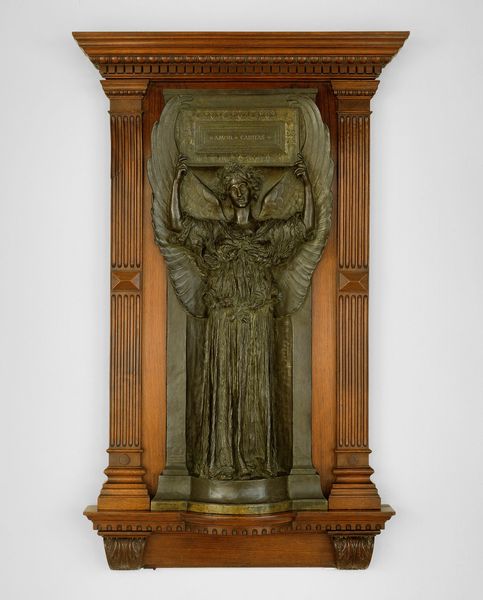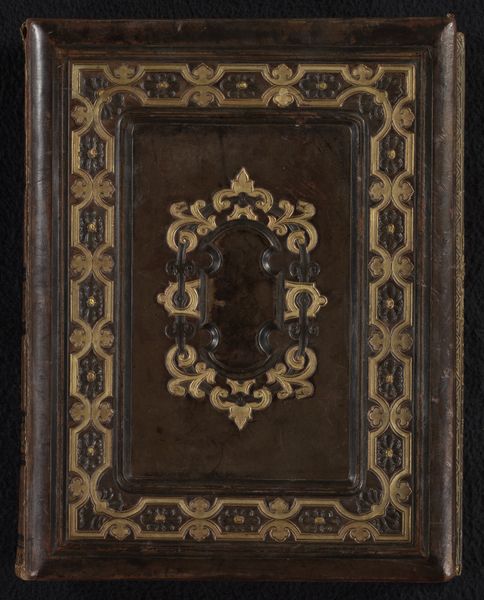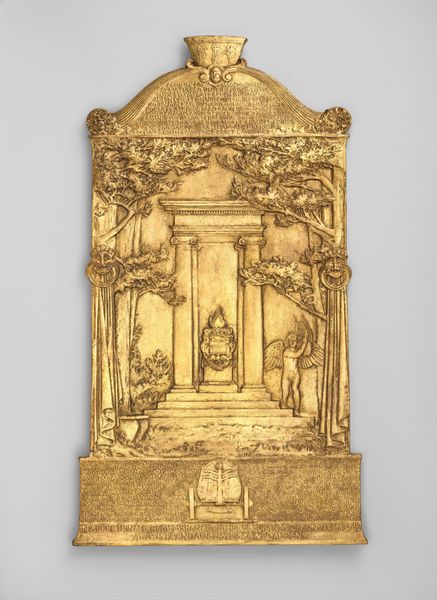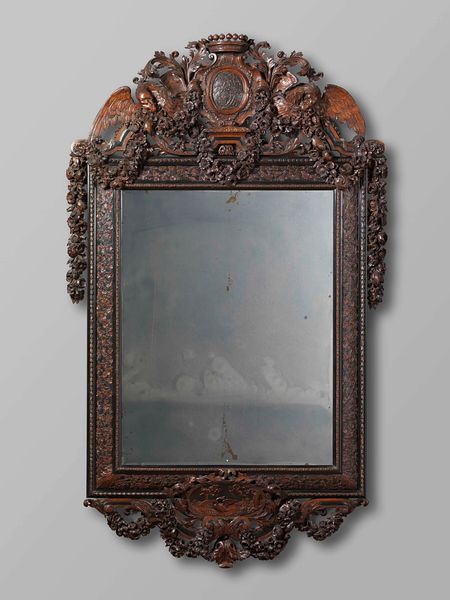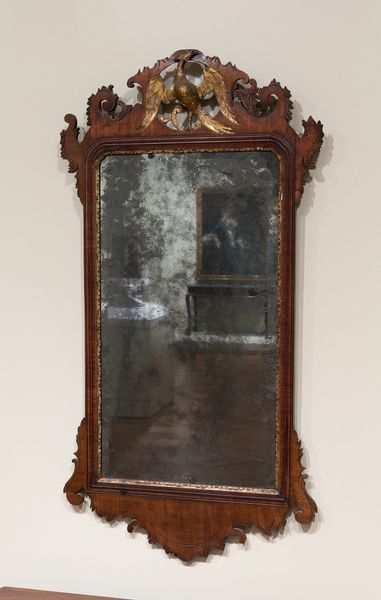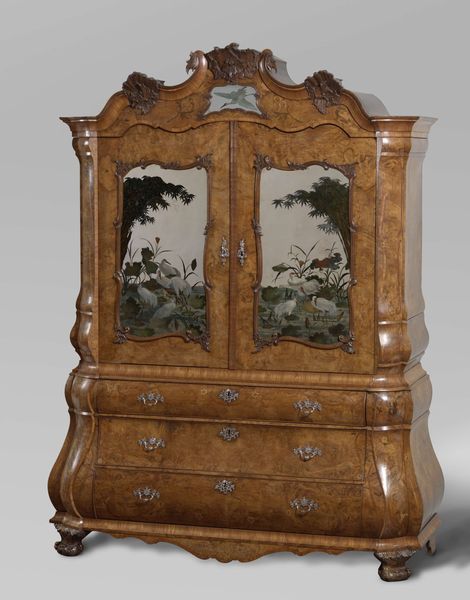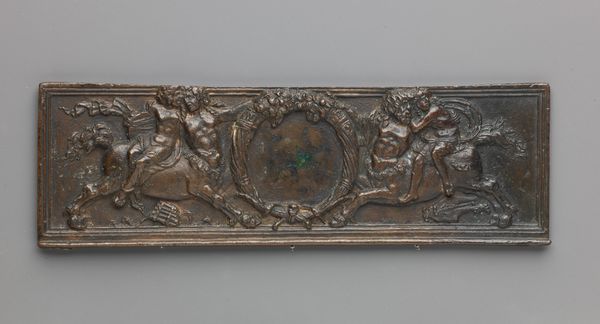
relief, sculpture, plaster, marble
#
narrative-art
#
sculpture
#
relief
#
figuration
#
sculpture
#
plaster
#
history-painting
#
marble
#
italian-renaissance
Dimensions: height 56 cm, width 43 cm, depth 10 cm
Copyright: Rijks Museum: Open Domain
Pierino da Vinci carved this terracotta relief, Ugolino and his Four Sons Dying of Hunger, in the mid-16th century in Italy. The sculpture powerfully captures the grim tale from Dante’s Inferno, telling of Count Ugolino della Gherardesca, imprisoned and starved with his sons. The tragic scene resonated deeply in a society familiar with political treachery and the brutal realities of power. Da Vinci, nephew of the more famous Leonardo, creates a tense and emotional narrative within the constraints of relief sculpture. During the Renaissance, artists often turned to classical literature for inspiration, but also used their art to comment on contemporary social issues. Works such as this, with their themes of injustice and suffering, invited viewers to contemplate the moral responsibilities of leadership and the fragility of human life. Historical records, letters, and political documents help us understand the complex world that shaped Pierino da Vinci’s art and remind us that the true meaning of art lies in the intersection of its aesthetic qualities and its socio-political context.
Comments
No comments
Be the first to comment and join the conversation on the ultimate creative platform.
